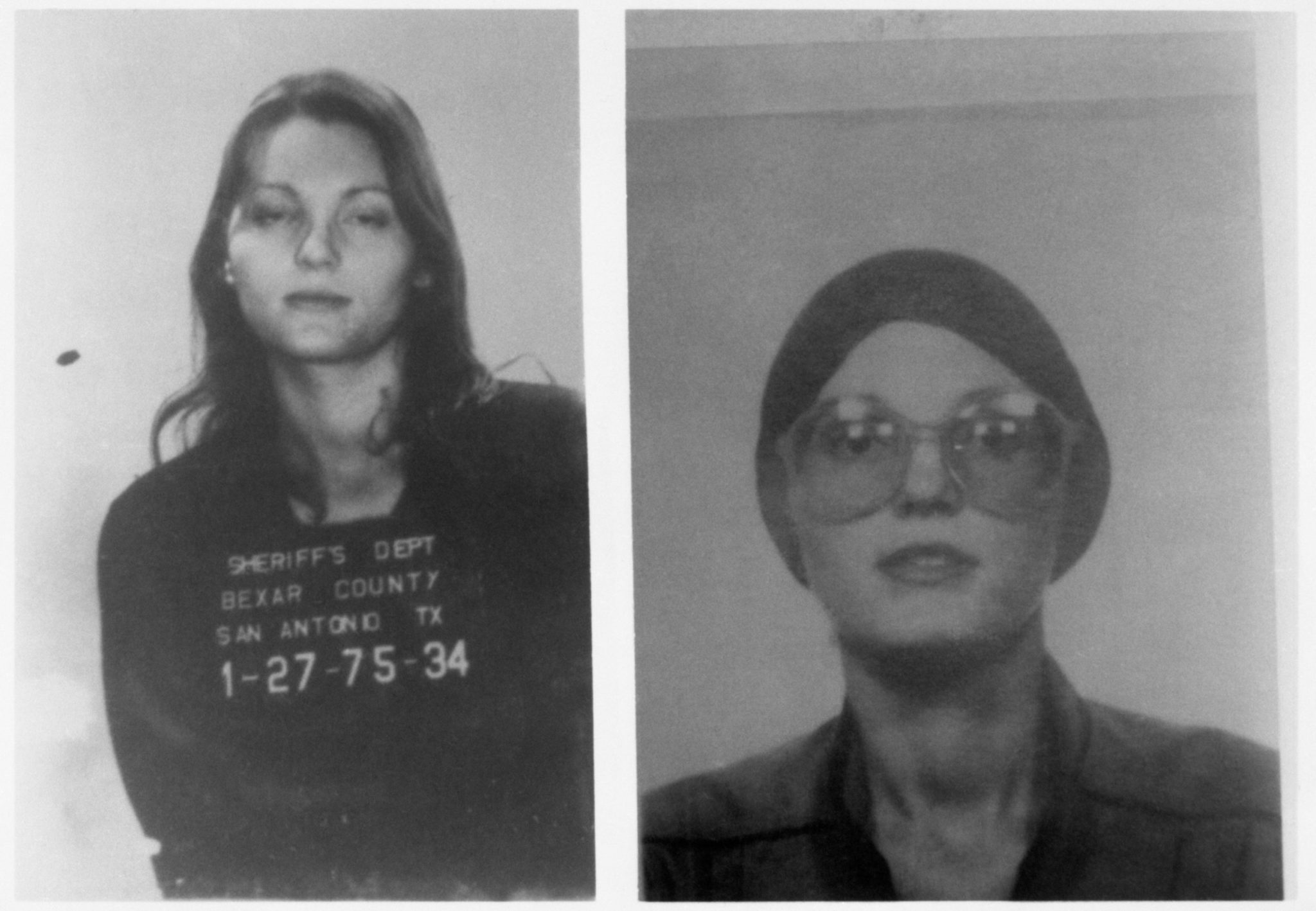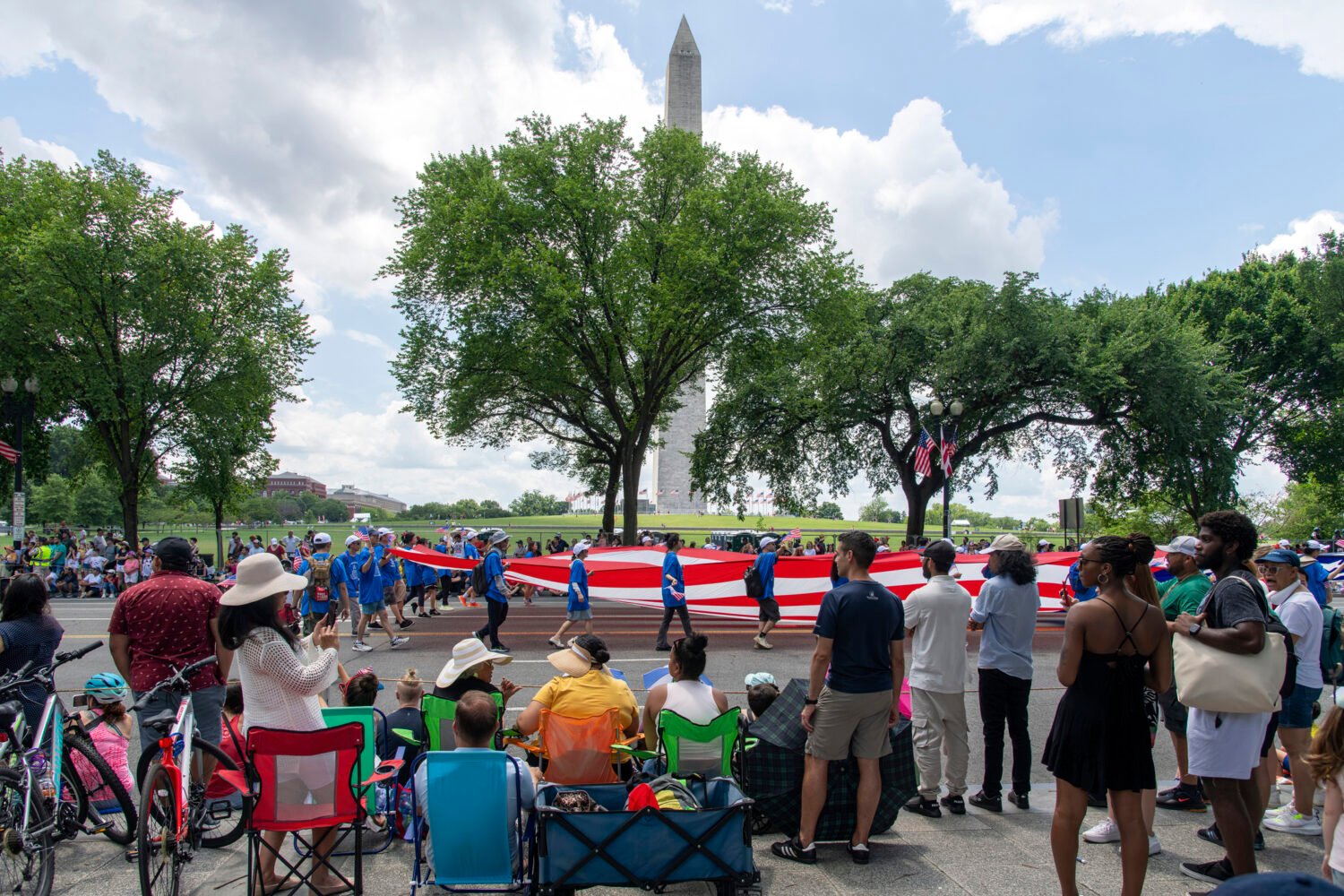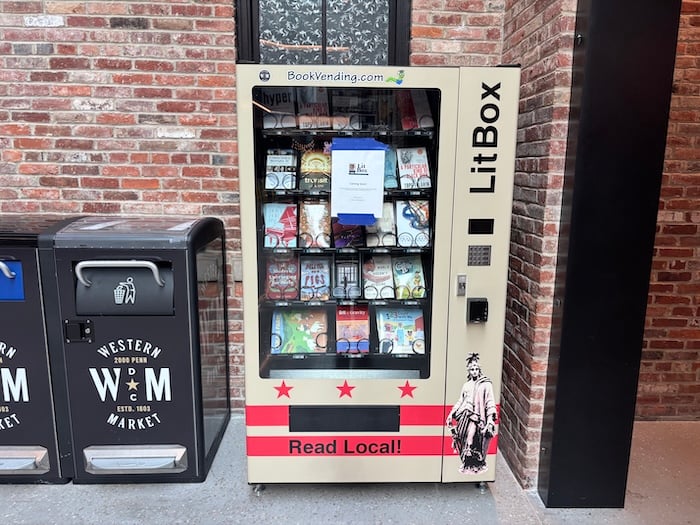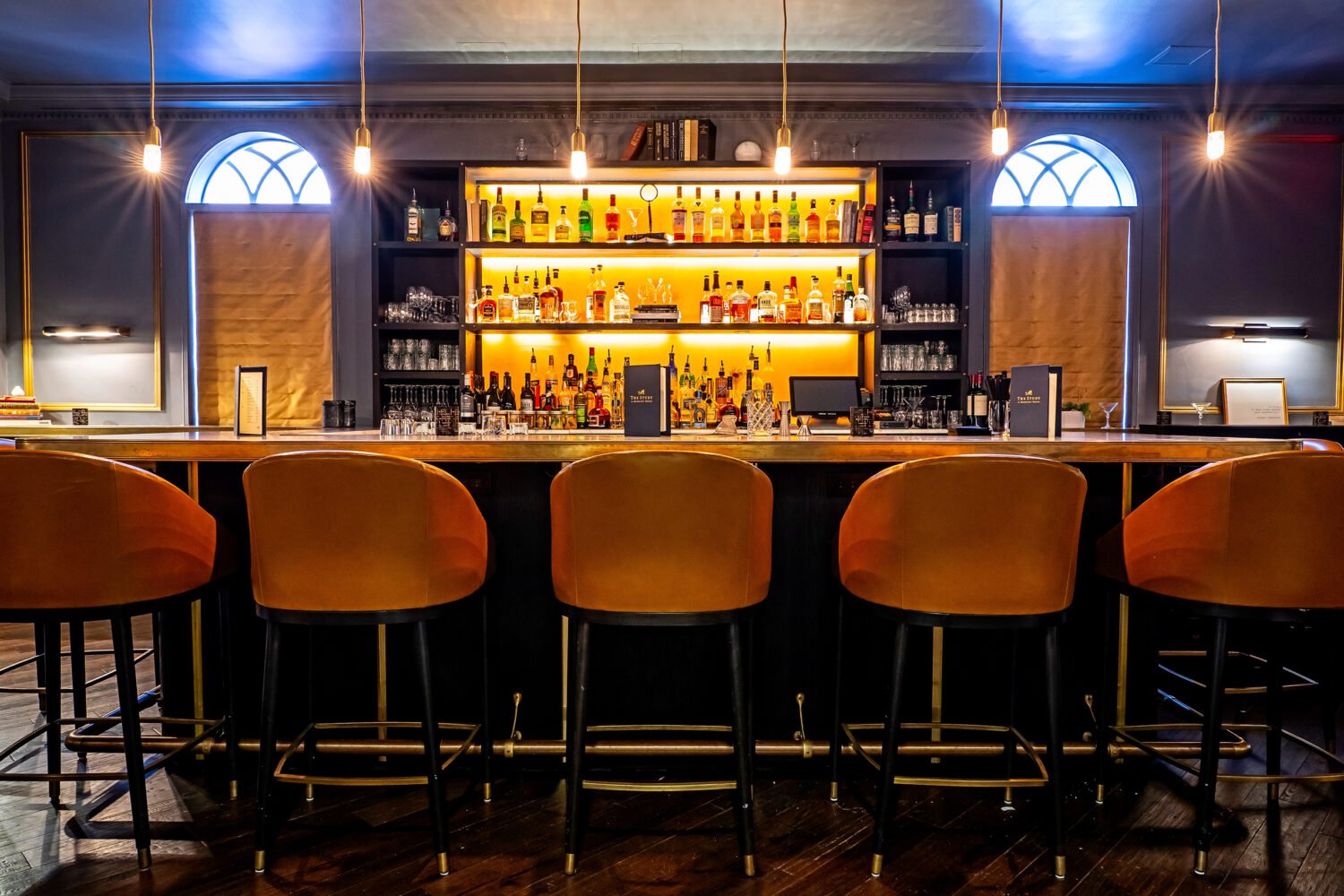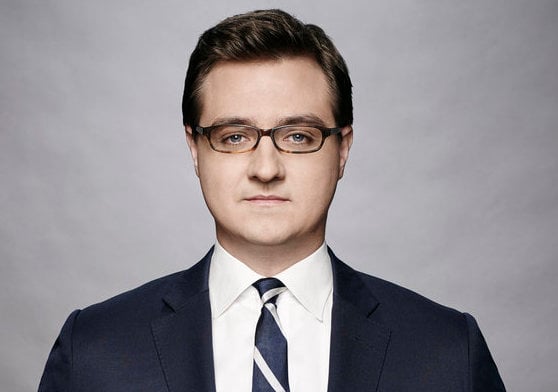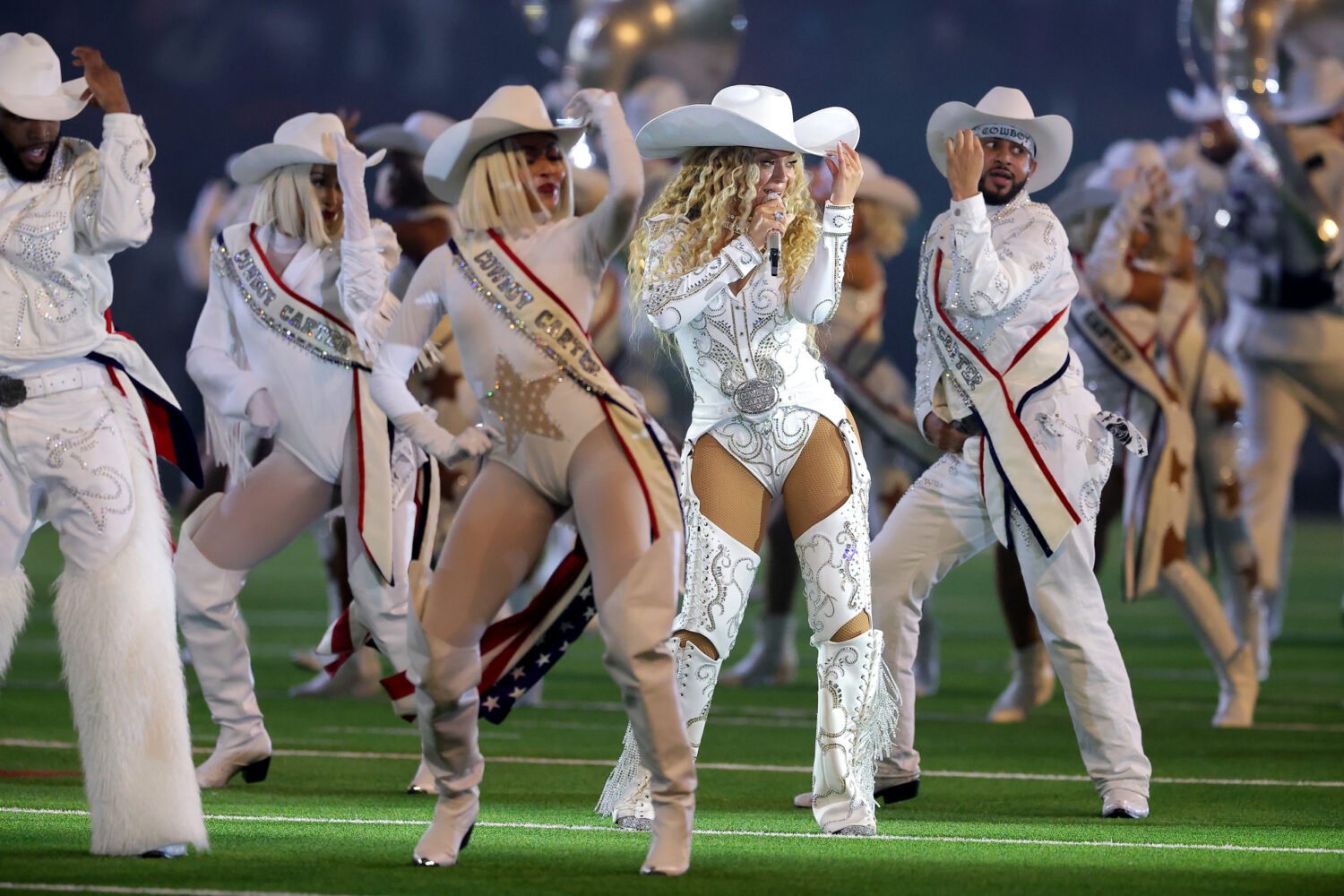On November 7, 1983, a female-led group called the May 19th Communist Organization, or M19, bombed the north wing of the Capitol building, an act intended, the people behind it claimed, to protest racism, sexism, and what they saw as President Reagan’s imperialistic vision for the country. No one was injured, but the blast did $1 million in damage. In his new book, Tonight We Bombed the US Capitol, terrorism expert and New America fellow William Rosenau traces the often-overlooked group’s activity from 1979 to 1985, from its origins in passive resistance up to its violent end. Washingtonian chatted with Rosenau ahead of his January 19 stop at Politics and Prose.
How did you get interested in this story?
While I was a terrorism researcher at the RAND Corporation I kept coming across references to this group, May 19th, full name May 19th Communist Organization, that was founded and led by women. And it struck me that there was almost no literature on the subject. There were news accounts and so on, but nobody had really ever looked in-depth at this group.
What was the research and writing process like?
As a historian, it was absolutely fascinating and enjoyable. I made a lot of use of court records, federal records. There were a whole series of court cases in New York and Washington and elsewhere, and these records are kept essentially by a branch of the National Archives. Some of the members of [M19] had actually donated their papers to universities.Those were incredibly helpful, and I used the Freedom of Information Act. The FBI was very, very responsive and relatively prompt in answering my requests, so I had literally thousands of pages of formerly classified FBI investigative files. And I also did interviews, mostly with law enforcement people. Nobody in the group, none of the living members, would talk to me, although I did correspond with one member, Judy Clark, who was in prison in Westchester County in New York. But none of the others would talk to me.
Were you surprised by that?
Actually, I wasn’t surprised. In fact, one of the guys in the group, Tim Blunk, I had reached out to by email. I’d spent well over a year trying to get in touch with members of the group through direct and indirect means, and he sent me an email back saying, “Dear Mr. Rosenau, having read your biography, what in the world makes you think I’d ever speak with you? Sincerely, Tim Blunk,” which I thought, you know, fair enough. [Among other things, Rosenau’s résumé includes a stint working in counterterrorism at the State Department.]

It seems like terrorism is perceived as a largely male enterprise, but M19, which was mostly made up of women, upends that idea.
There was really a wave of terrorism [leading up to the time of the Capitol bombing] across the West, in Germany, in Italy, Japan, the Middle East, of course. And I think there were terrorism experts that just couldn’t get their minds around the idea that women could be involved in this kind of violence. And I think it’s odd, and that’s obviously a very biased and misplaced view, because women have always been involved in terrorism. So women were never absent, but some of these groups, and particularly groups like the Weather Underground, were extremely macho. Women, I think, were treated as second-class citizens by the men who ran the Weather Underground, and I think that was one of the reasons, actually, that the women I write about decided to form their own group—to kind of escape this “testosterone poisoning,” as they say.
Why do you think this story isn’t better known? I mean, they bombed the Capitol.
Part of it was, so, we’re talking about the early 1980s. I think people would assume that terrorism had kind of disappeared by then, and this wasn’t real terrorism—it was a bunch of crazy radicals just making a lot of noise. And it’s true that their bombings didn’t kill anyone, but they certainly contemplated killing people and carried out surveillance.
Do you think the fact that no one did die is part of the reason it’s not better remembered?
Yeah, I think that’s part of it. I mean, these were serious crimes, of course, but remember, it’s the 1980s. The country is going through a major recession, there are military interventions abroad. There’s a lot of other stuff going on, and this is conjecture on my part, but I think these people were seen, not exactly as harmless eccentrics, but as a bunch of relics from the 1960s who were setting off little bombs here and there. And so they were sort of dismissed, and I think if they had killed people that would’ve been a different story.
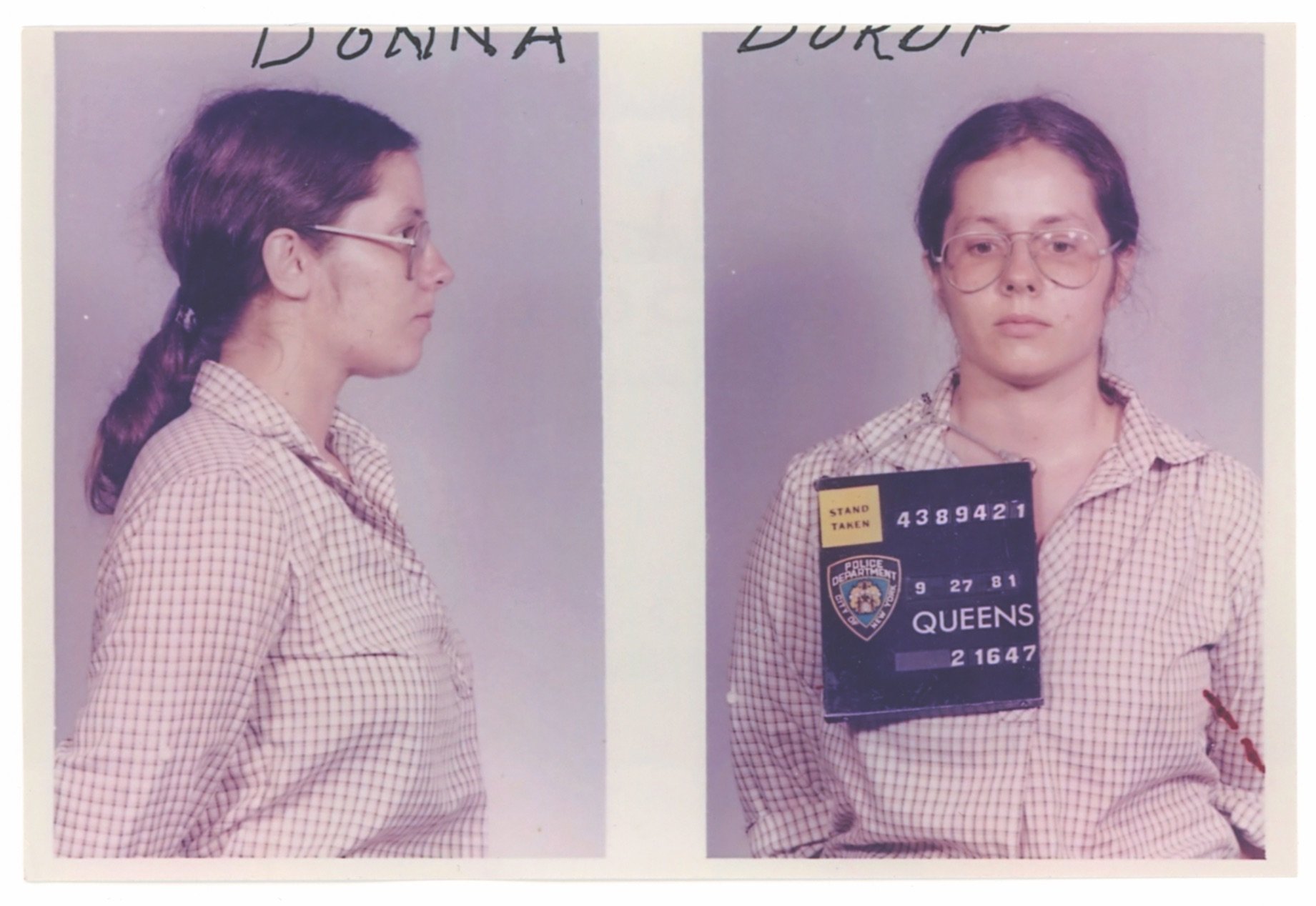
Was there anything that was especially surprising to you as you were researching?
One of the characters in the book, Judith Clark, her parents had been members of the Communist Party and she spent the first few years of her life in the early 1950s in Moscow, where her father was the correspondent for the Daily Worker, the Communist Party’s daily newspaper. And after a few years in Moscow, the parents came back and were very disillusioned with communism and Stalinism, but Judy wasn’t. They still saw themselves as being people on the left, but certainly rejected the term. Judy kept the faith. And it was pretty amazing to me that someone from that age until, as far as we can tell, now, some 70 years or so, has been a believer. That was surprising to me.
The other thing that was surprising–and perhaps not so surprising because we’ve seen this with other terrorist groups, but I found it fascinating in a US context—is all these people were essentially middle class. They were very well-educated. I mean, they were at Radcliffe, Barnard, University of Texas, Cornell, you know, products of American society who weren’t deviants in any measurable way. So I guess the sheer ordinariness of these people was a surprise. That they weren’t unhinged, they weren’t deprived, they weren’t maniacal. They did some horrible things, but they weren’t maniacal. I think that’s always a surprise, because you think, “Oh, you’d have to be unhinged to commit this kind of violence,” but that’s not true.
I wanted to ask about Donna Borup and Betty Ann Duke, two members of the group who had been arrested (one in the aftermath of the bombing, the other following a different incident) and then each fled while out on bail. Where do you think they might be now?
Occasionally information percolates up, and a number of years ago, the FBI thought they were in or around New York. It’s hard to say where they are, whether they’re still in the country. Betty Ann Duke, if she’s still alive she’s almost 80. Donna is in her 60s. They’re probably living quietly in a small city somewhere, would be my guess. The FBI has them on their wanted list. There are posters that you can download. But as far as actively investigating, you know, the FBI has a lot of other things to worry about. Until someone decides to turn them in, I think they’ll probably remain at large, living quietly and anonymously.
They’ve been described as a real-life Thelma and Louise.
I mean, it was a nice turn of phrase, I thought, but whether they’re actually together is an open question. I mean, I’m not sure that they are. They’ve been described as being together, but I haven’t seen anything conclusive that they’re roaming the country together committing crimes and sharing a motel room.
What do you hope people take away from the book?
I hope people come to understand terrorism as being much more deeply ingrained in our own history than sometimes it’s given credit for. And by that I mean, since the founding of the Republic, even before, political violence has been a prominent piece of the landscape. But we tend to forget our own history, or we never remember it in the first place. One of the things I’m trying to do in this book is to say, terrorism is not just episodic. It’s not just something done by jihadists. It’s part of our history, and it’s much less rare than we would like to think.
This interview has been edited and condensed.

